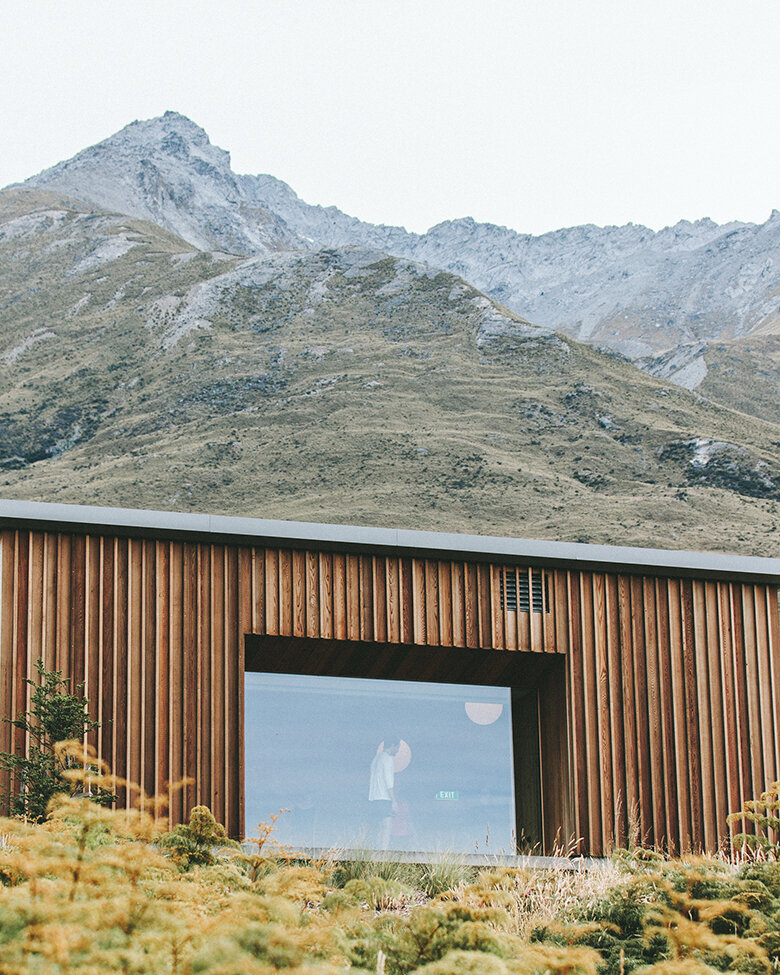FREE THE LAND
VISION STATEMENT - BLACK LAND IS POWER . REBUILDING BLACK WEST OAKLAND . WE CALL FOR DISPLACED BLACK OAKLANDERS TO RETURN . WEALTH IN AFRICAN DIASPORA COMMUNITIES FROM OAKLAND TO IS DUNYA .

Save some of your voice to tell the story of how we won.
Photos by Amir Aziz



OUR STREETS: COMMUNITY BOARD
VISION & MISSION STATEMENT FOR WEST OAKLAND COMMUNITY BOARD PROJECT
Coming Soon
to Mandela Grocery.
It all begins with an idea. Maybe you want to launch something. Or maybe you have a creative project to share with the world. Maybe it’s a Community Board. Here it is.
WE ARE HERE
Here we lay out our values, our language on land liberation, our approach to BLACK LAND IS POWER . REBUILDING BLACK WEST OAKLAND //A Cultural Re-Emergence. An Urban Village. A Center for Black Folklife. //
Black Futures live in West Oakland. // We Are Here//
Photos from Townfolk below.




Resources
&
Live Updates
List
List
List

History: Across 3 Generations in West Oakland
The Central Pacific Raliroad’s choice for Oakland to be the western terminus of its transcontinental line defined West Oakland’s local landscape and community development. With the completion of Oakland Point Wharf in 1871, West Oakland, and especially the Oakland Point neighborhood (today often referred to as the Lower Bottoms), turned into a virtual railway workers’ village, where railway craftsmen, operators and administrators all worked and settled in great numbers.
Black land ownership was eroded through policy and systematic racism.
The early 20th century was a time of growth and prosperity for West Oakland. Unscathed by the 1906 earthquake, West Oakland became home to relocated San Francisco businesses, giving its wharves and railways new importance. the Red Trains that ran every 20 minutes, but had become the main artery for growing automobile traffic to and from the auto ferries. This period witnessed an influx of AfricanAmericans from the South, who gravitated towards the established enclave.
By 1930, West Oakland was a thriving, ethnically diverse neighborhood of about 280,000 residents. Seventh Street was lined with jazz and blues clubs such as Slim Jenkin’s Supper Club. In the mid-1930s, West Oakland was officially zoned for heavy industry, which led to added residential fragmentation, noise and pollution. Although few houses were actually replaced by industry, the maintenance, morale and property values of the area declined with this designation.
In the late 1960s and early 1970s, West Oakland underwent a period of intense physical change. Construction of the Post Office destroyed six blocks of Bayview Tract houses from the 1870s and left the cleared land barren for half a decade. Construction of the West Oakland BART station tore down Black commercial buildings and businesses, greatly reducing available services and opportunities. After its 1972 completion, the visual blight of elevated tracks leading to and from the West Oakland station left Seventh Street less desirable as a destination. Many of these changes coincided with a period of economic decline characterized by unemployment, poverty, and urban blight. West Oakland became a primarily working class African-American neighborhood, with a small Hispanic population. Groups of African-American residents of West Oakland mobilized to resist the “urban renewal” projects and blatant racism during this period. The Black Panthers grew out of this resistance and West Oakland became the center of the Black Panthers in the late 1960s.
Red-lining, racial steering and restrictive covenants It is widely assumed that West Oakland was the subject of red-lining, a practice began by the National Housing Act of 1934 and the establishment of the Federal Housing Administration. The private sector followed this practice of housing discrimination, denying or increasing the cost of such services as banking, insurance, access to jobs, access to health care, or even supermarkets to residents in certain predetermined, mostly black inner city neighborhoods. Marking a red line on a map to delineate the area where banks would not invest, middle or upper income blacks were priced out of lower income white neighborhoods. Racial steering was practiced by real estate brokers who guided prospective home buyers towards or away from certain neighborhoods based on race. More outright were restrictive covenants which specifically forbade Blacks from moving into new development projects in the East Bay
All from Village Bottoms Cultural District Plan
Architectural types in West Oakland
(via City Historian Betty Page) Railroad workers’ homes in the Lower Bottoms. Victorian pre-fabs.
+ A poll asking, What type of building do you live in or see most often?
> > > into the present: Black Landowners. Oliver, Lance, etc.
Illustrations / Photos / introduce WE OUTCHEA by Amir






